SOUTH CHINA — On land that slopes off to the east toward China Lake, evidence that spring is near is no farther away than your feet.
Clover and dandelions and possibly some quackgrass are starting to show on the ground, and the buds are starting to emerge in some of the apple and hazelnut trees.
It’s a typical mid-March day. The clouds are moving at a good clip and spitting out intermittent rain, and the forecasters are predicting snow for early next week.
Much as farmers have done for centuries, Dalziel (pronounced dee-ell) Lewis and Jon Strieff are looking at these signs as they plan their plantings for the year.
But if they had stood on the land they’re leasing for their enterprises exactly two centuries ago, they would have had no idea what was coming — that after a winter so mild that people used firewood only to cook and not to heat, the worst weather was yet to come: snow in every month of the summer, ice covering ponds in July and ground frozen so hard that crowbars had to be used to dig out the potatoes.
In April 1815 on the other side of the world, Mount Tambora blew its top, in one of the most powerful eruptions in recorded history. Tens of thousands of people across what was then known as the Dutch East Indies were killed immediately and in the months afterward by fast-moving hot gas and rock, starvation and disease.
While news of the eruption probably had reached New England, its effect was unknowable. The eruption released tons of sulfur dioxide into the stratosphere, where clouds rarely form. Ultimately, the sulfur dioxide became a layer of sulfuric acid that eventually covered the planet and is widely understood to have caused in 1816 the Poverty Year, or Year Without a Summer. In Maine, it’s widely known as 1800 and Froze to Death.
Richard Judd, the McBride Professor of History at the University of Maine, has examined that period in Maine history.
“On the coast,” Judd said, “we were very much into a commercial economy. Up the rivers, there was a local barter and exchange economy.”
Away from the coast and towns that grew up along the Kennebec and Penobscot rivers, most of the territory was considered frontier and most of the farmers were subsistence farmers. Often, five or 10 families would cooperate, and among them they would grow the crops and produce the goods they needed. If anything was left over, it would be shipped down the river for sale. There was not a lot of cash to be had.
In the traditional narrative of the history of Maine and New England, it was about that time that farmers started heading West in great numbers to find new opportunities in the Ohio valley and elsewhere. This out-migration, he says in a paper he recently wrote for an upcoming environmental history conference, became — unfairly — the signature feature of New England rural history.
Contemporary accounts and historians subsequently viewed the Year Without a Summer as a snapping point and sign of the region’s failed agricultural economy that laid the foundation for a period of instability and stagnation.
Historical accounts from around Maine at the time enumerate the lost crops, the frozen buds and the newly shorn sheep that froze to death, along with accounts of substantial snowfall in June and July. Even the wildlife suffered; wolves were reportedly preying on livestock to feed themselves.
These signs were, at the time, clear evidence of an economy gone wrong.
Judd doesn’t see it quite that same way.
It was an extremely cold, dry summer. Crops that needed a of sunshine and a lot of water, such as hay, corn and wheat, failed, he said. Some orchard crops did well, as did heartier grains such as rye and barley. Farmers in Maine relied on crop diversification to carry them through, and they also set up nets to catch fish or hunted to meet their needs.
Even so, the possibility that the freakish weather might be the new normal was enough to ignite an epidemic of Ohio fever that caused families to pack up and move to what was then the wild West. They already knew that grain was being imported from the region by sea, commanding good prices.
“They left in droves,” he said.
Out-migration had started as early as the 1790s. Although families were leaving the state, for many years up until then, Maine had been seen during that time as the place for the growing population in Massachusetts to look for new opportunity. Generations of farming and passing down land to children with each successive generation resulted in farms too small to support families. The land in Maine was relatively cheap, and moving north by water was relatively easy to accomplish.
“It really affected Maine psychologically,” Judd said. “It was no longer perceived as a good place to start a farm. We were a demographically dynamic region until then.”
In addition to the weather, he said, the region already had suffered through trade embargoes and blockages with England leading up to the War of 1812, which imposed its own restrictions on trade. Not long afterward, the Erie Canal and railroads made travel that much easier, and people took advantage of it.
“There was a whole complex of economic changes that created very difficult times,” Judd said.
But he maintains what happened in the wake of the cold years of 1816-19 tells a story that’s not about environmental degradation but environmental adaptation. It paved the way for aggregation of farms into larger-scale, more commercial operations. Even as people were leaving, the institutions of communities continued. People had vibrant social lives and events carried on.
“You see a defensive rhetoric in Fourth of July speeches and editorials — that we are not the dregs, we are stalwart Yankees,” he said. “Whether they believed it or not, I am not totally sure; but it does reflect their attitude.”
While the environmental crisis devastated the region, he said, it was not evidence of bad farming practice and depleted soils. Regions with far better soil lost population at similar rates to urbanization and western expansion.
For farmers Lewis and Strieff, contemplating what their counterparts from 200 years ago were facing gives them pause.
“Even if the air temperatures were cooler that spring,” Lewis said — and they were getting cooler from March until snow started falling in May — “the soil temperature would be rising, and plant growth depends on the soil temperature.”
Lewis, with Dig Deep Farm, and Strieff, with Good Morning Farm, are in partnership with 3 Level Farm and its owners, Christopher Hahn and Kim Patnode, on property that’s widely known in the area as the old French farm, operated by the same family for a good portion of the 20th century. As the Frenches sold their produce, so do the partners in the 3 Level Farm store on Vassalboro Road.
“If I were facing that, being a delusional optimist, I would expect things to turn around,” Strieff said. If the growing season turned out to be shortened, he would concentrate on short-season crops such as radishes, cabbage and beets.
It’s not an academic consideration. As recently as 2009, farmers were doing just that, when a cloudy and cool June introduced late blight, damaging the potato and tomato crops. Because of the timing, it was possible to plant some other vegetables.
The season also has been shortened on the other end. Strieff said a couple times in the last few years, he’s been out digging carrots in the snow. It was frustrating and depressing, but he did it because that was a better option than letting them rot in the ground.
Farmers today have resources at their disposal that earlier generations never would have dreamed of. But it’s not hard for Lewis to put herself in the frozen shoes of her farming forebears.
“Would I have survived to understand it was such an anomaly?” she said. “These are questions I have now about the weather. But then, my focus would very much have been on survival.”
Judd said historians don’t speculate much, so he can’t really speak about how much of the upheaval of the early 18th century has shaped what Maine is today.
But it’s clear that enough farmers stayed to support the economy between then and now, and in some ways paved the way for the current generation of farmers to ply their trade in a cooperative fashion as Lewis and Strieff do.
Jessica Lowell — 621-5632
Twitter: @JLowellKJ
Send questions/comments to the editors.

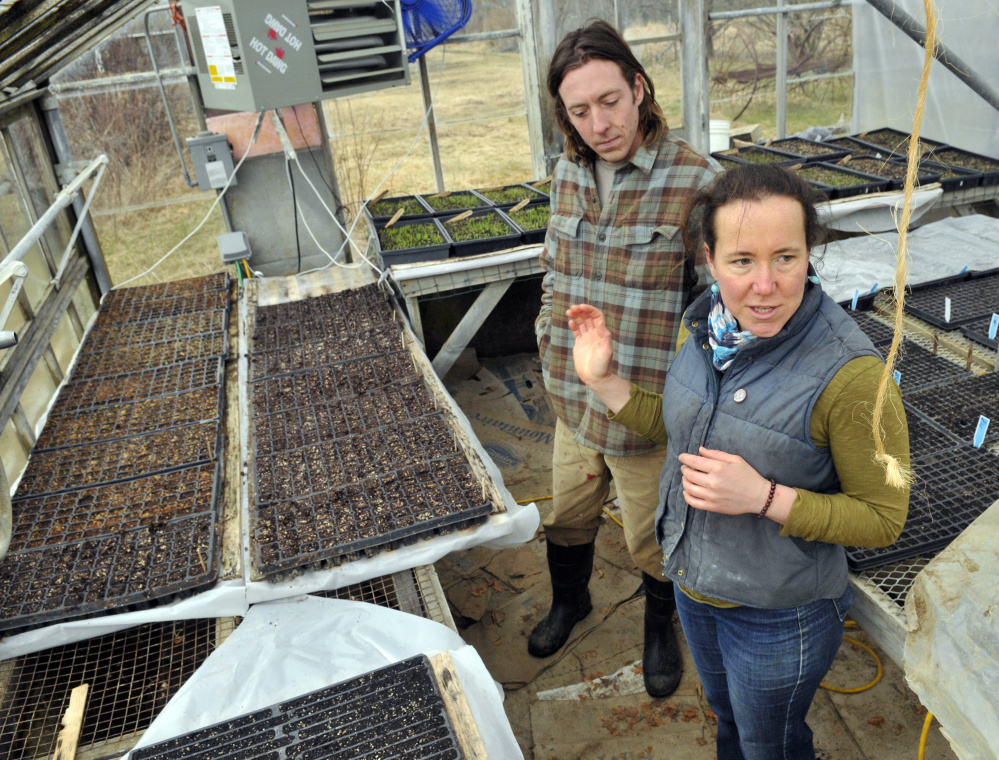
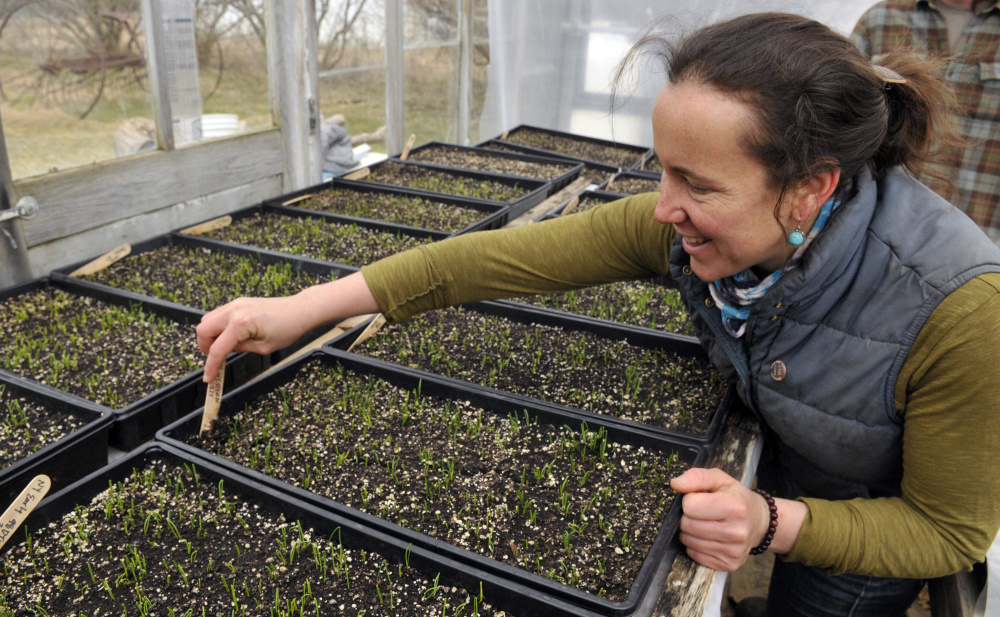
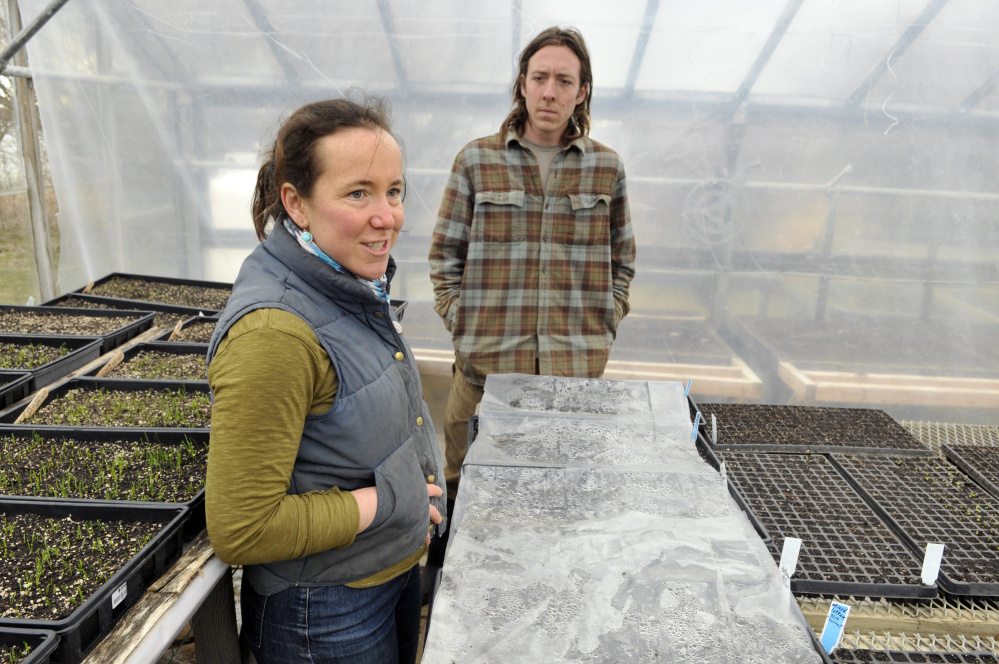


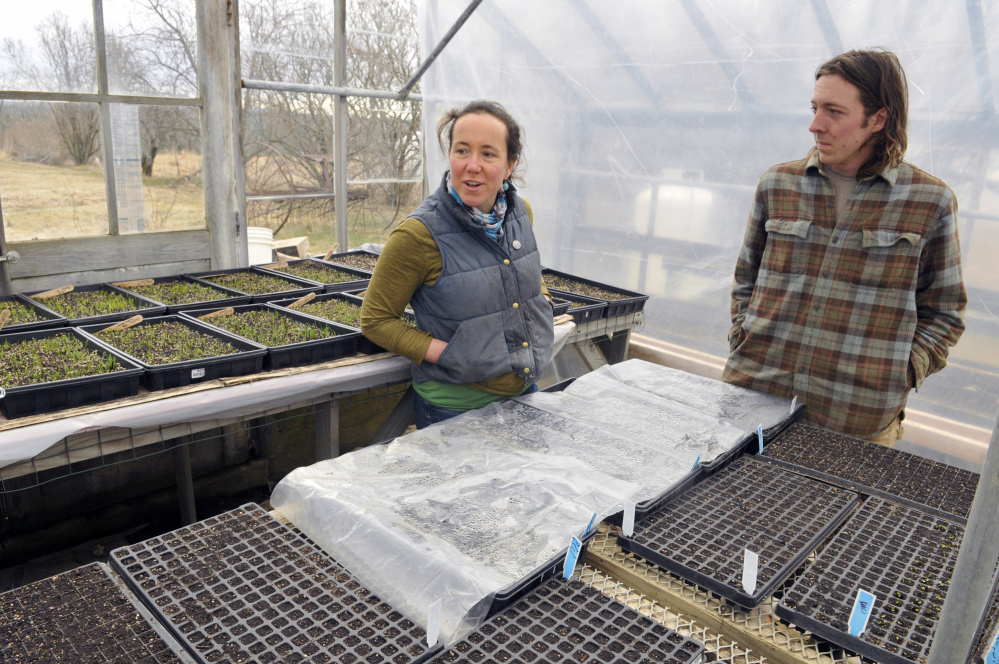
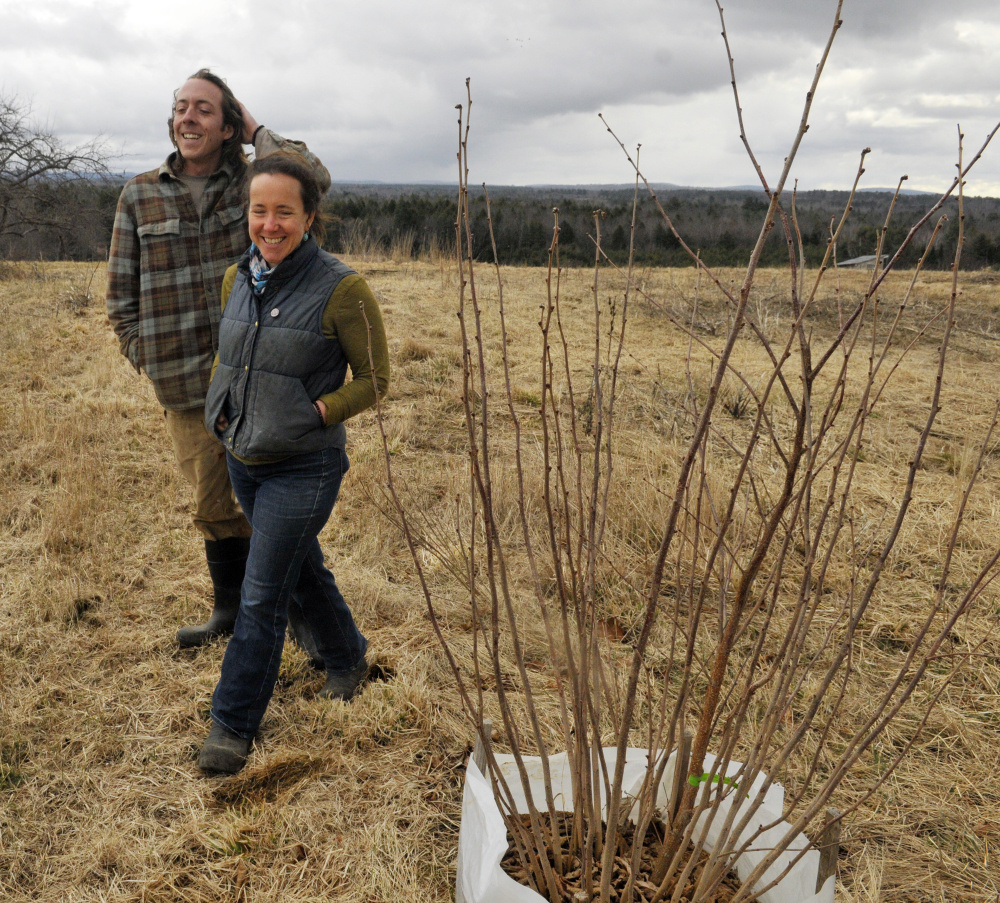
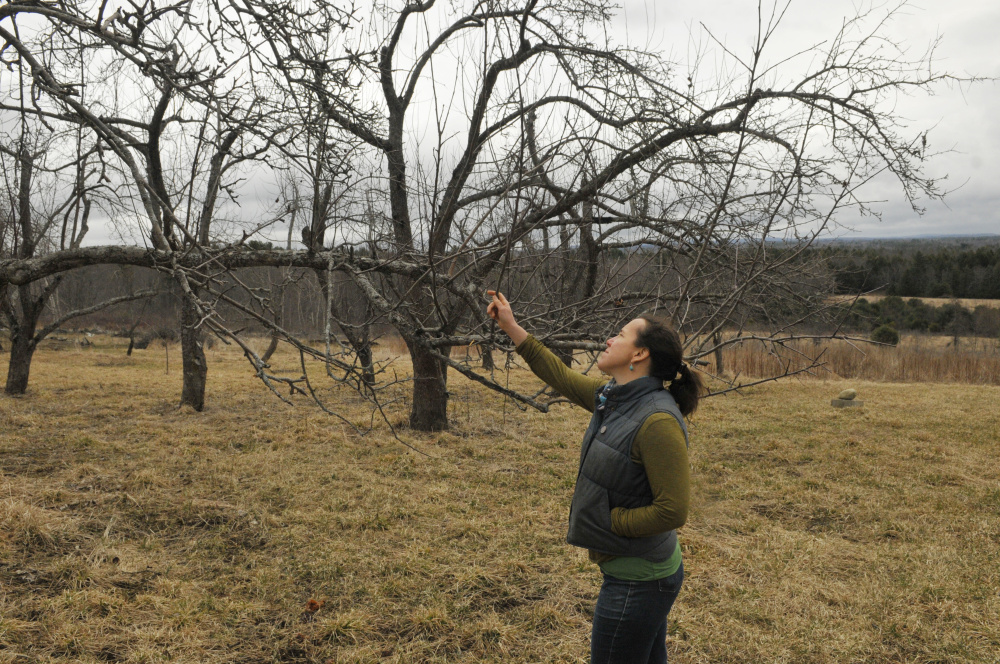
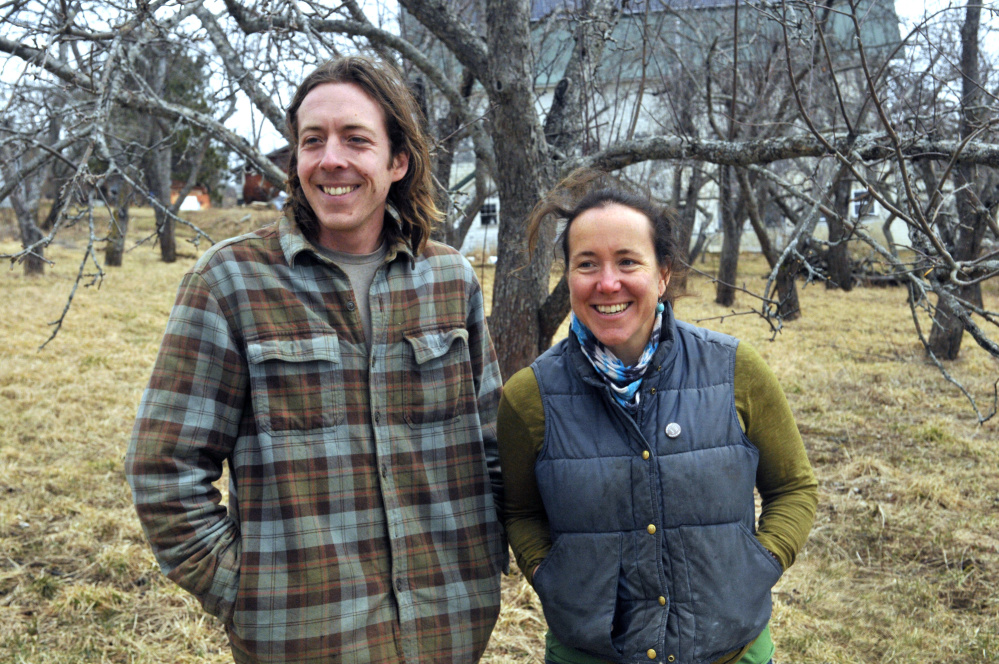


Success. Please wait for the page to reload. If the page does not reload within 5 seconds, please refresh the page.
Enter your email and password to access comments.
Hi, to comment on stories you must . This profile is in addition to your subscription and website login.
Already have a commenting profile? .
Invalid username/password.
Please check your email to confirm and complete your registration.
Only subscribers are eligible to post comments. Please subscribe or login first for digital access. Here’s why.
Use the form below to reset your password. When you've submitted your account email, we will send an email with a reset code.